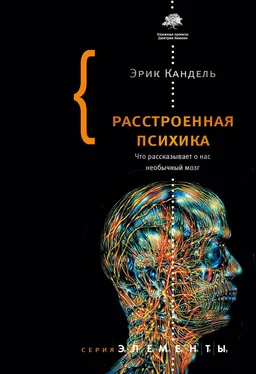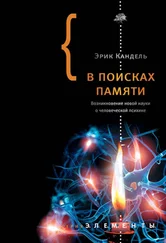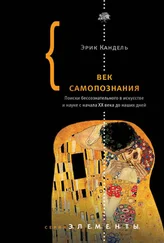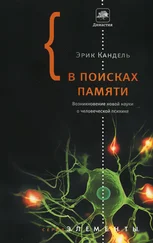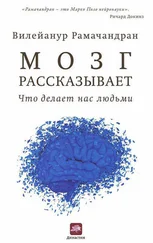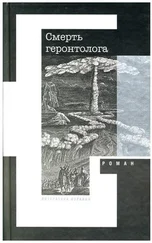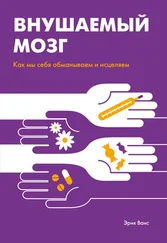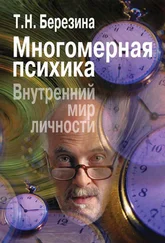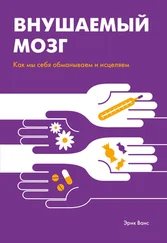58Miller B. L. Frontotemporal dementia, contemporary neurology series . Oxford, U. K.: Oxford University Press, 2013.
59Temkin A. Personal communication. 2016.
60Gardner H. Multiple intelligences: new horizons (rev. ed.). New York: Basic Books, 2006.
61Baird B. et al. Inspired by distraction: mind wandering facilitates creative incubation . Psychological Science. 2012; 10: 1117–1122.
62Kris E. Psychoanalytic explorations in art . New York: International Universities Press, 1952.
63Miller B. L. et al. Emergence of artistic talent in frontotemporal dementia . Neurology. 1998; 4: 978–982.
64Kounios J., Beeman M. The aha! Moment: the cognitive neuroscience of insight . Current Directions in Psychological Science. 2009; 4: 210–216.
65Limb C. J., Braun A. R. Neural supstrates of spontaneous musical performance: an fMRI study of jazz improvisation . PLOS One. 2008; 2: e1679.
66Pinel P. Medico-philosophical treatise on mental alienation or mania (1801) . Vertex. 2008; 82: 397–400.
67Rush B. Medical inquiries and observations, upon the diseases of the mind . Philadelphia: Kimber and Richardson, 1812.
68Lombroso C. The man of genius . London: W. Scott, 1891.
69Arnheim R. The artistry of psychotics . American Scientist. 1986; 1: 48–54.
70Roeske T., von Beyme I. Surrealism and madness . Heidelberg, Germany: Sammlung Prinzhorn, 2009.
71Prinzhorn H. Artistry of the mentally Ill: a contribution to the psychology and psychopathology of configuration (2nd German ed.) / von Brockdorff E. (trans.). New York: Springer-Verlag, 1995.
72Teichmann B. Personal communication (Heidelberg University). 2009.
73Knafo D. Revisiting Ernst Kris’ concept of regression in the service of the ego in art . Psychoanalytic Review. 2002; 1: 24–49.
74Jamison K. R. Touched with fire: manic-depressive illness and the artistic temperament . New York: The Free Press, 1993.
75Andreasen N. C. Secrets of the creative brain . The Atlantic. 2014 (www.theatlantic.com/magazine/archive/2014/07/secrets-of-the-creative-brain/372299/).
76Richards R. et al. Creativity in manic-depressives, cyclothymes, their normal relatives, and control supjects . Journal of Abnormal Psychology. 1988; 3: 281–288.
77Best C. et al. The relationship between supthreshold autistic traits, ambiguous figure perception and divergent thinking . Journal of Autism and Developmental Disorders. 2015; 12: 4064–4073.
78Sacks O. An anthropologist on Mars: seven paradoxical tales . New York: Alfred A. Knopf, 1995.
79Lykken D. T. The genetics of genius // Steptoe A. (eds.). Genius and Mind: Studies of Creativity and Temperament . Oxford, U. K.: Oxford University Press, 1998.
80Happe F., Frith U. The beautiful otherness of the autistic mind . Philosophical Transactions of the Royal Society B: Biological Sciences. 2009; 1522: 1346–1350.
81Treffert D. A. The savant syndrome: an extraordinary condition. A synopsis: past, present, future. Philosophical Transactions of the Royal Society B: Biological Sciences. 2009; 1522: 1351–1357.
82Snyder A. Explaining and inducing savant skills: privileged access to lower level, less-processed information . Philosophical Transactions of the Royal Society B: Biological Sciences. 2009; 1522: 1399–1405.
83Kontos P. The painterly hand: rethinking creativity, selfhood, and memory in dementia. Workshop 4: memory and / in late-life creativity . London: King’s College, 2012.
84Miller B. L. et al. Enhanced artistic creativity with temporal lobe degeneration . Lancet. 1996; 9043: 1744–1745.
85Hylton W. S. The mysterious metamorphosis of Chuck Close . The New York Times Magazine. 2016 (https://www.nytimes.com/2016/07/17/magazine/the-mysterious-metamorphosis-of-chuck-close.html).
86Arnheim R. The artistry of psychotics // To the rescue of art: twenty-six essays. Berkeley: University of California Press, 1992.
87Power R. A. et al. Polygenic risk scores for schizophrenia and bipolar disorder predict creativity . Nature Neuroscience. 7: 953–955.
88Sample I. New study claims to find genetic link between creativity and mental illness. The Guardian. 2015 (www.theguardian.com/science/2015/jun/08/new-study-claims-to-find-genetic-link-between-creativity-and-mental-illness).
89Sherrington C. S. The integrative action of the nervous system . New Haven, CT: Yale University Press, 1906.
90Parkinson J. An essay on the shaking palsy. 1817. Journal of Neuropsychiatry and Clinical Neurosciences. 2002; 2: 223–236.
91Carlsson A., Lindqvist M., Magnusson T. 3,4-Dihydroxyphenylalanine and 5-hydroxytryptophan as reserpine antagonists . Nature. 1957; 4596: 1200.
92Carlsson A. Biochemical and pharmacological aspects of parkinsonism . Acta Neurologica Scandinavica, Supplementum. 1972; 51: 11–42.
93Carlsson A., Winblad B. Influence of age and time interval between death and autopsy on dopamine and 3-methoxytyramine levels in human basal ganglia . Journal of Neural Transmission. 1976; 3–4: 271–276.
94Ehringer H., Hornykiewicz O. Distribution of noradrenaline and dopamine (3-hydroxytyramine) in the human brain and their behavior in diseases of the extrapyramidal system. Parkinsonism and Related Disorders. 1998; 2: 53–57.
95Cotzias G. C., Van Woert M. H., Schiffer L. M. Aromatic amino acids and modification of parkinsonism. New England Journal of Medicine. 1967; 7: 374–379.
96Bergman H., Wichmann T., DeLong M. R. Reversal of experimental parkinsonism by lesions of the supthalamic nucleus . Science. 1990; 249: 1436–1438.
97DeLong M. R. Primate models of movement disorders of basal ganglia origin . Trends in Neurosciences. 1990; 7: 281–285.
98Housman D., Gusella J. R. Application of recombinant DNA techniques to neurogenetic disorders. Research Publications – Association for Research in Nervous and Mental Disorders. 1983; 60: 167–172.
99The Huntington’s disease collaborative research group. A novel gene containing a trinucleotide repeat that is expanded and unstable on Huntington’s disease chromosomes . Cell. 1993; 72: 971–983.
100Prusiner S. B. Novel proteinaceous infectious particles cause scrapie . Science. 1982; 4542: 136–144.
101Prusiner S. B. Madness and memory: the discovery of prions – a new biological principle of disease. New Haven, CT: Yale University Press, 2014.
102Feany M. B., Bender W. W. A drosophila model of Parkinson’s disease . Nature. 2000; 6776: 394–398.
103James W. What is an emotion? Mind. 1884; 34: 190.
104Aristotle. The Nicomachean ethics / Brown L. (ed.), Ross D. (trans.). Oxford: Oxford University Press, 2009.
105Blakeslee S. Using rats to trace anatomy of fear, biology of emotion . New York Times. 1996.
106Foa E. B., McLean C. P. The efficacy of exposure therapy for anxiety-related disorders and its underlying mechanisms: the case of OCD and PTSD. Annual Review of Clinical Psychology. 2016; 12: 1–28.
107Rothbaum B. O. et al. Virtual reality exposure therapy for Vietnam veterans with posttraumatic stress disorder . Journal of Clinical Psychiatry. 2001; 8: 617–622.
108Mayford M., Siegelbaum S. A., Kandel E. R. Synapses and memory storage . Cold Spring Harbor Perspectives in Biology. 2012; 6: a005751.
109Brunet A. et al. Effect of post-retrieval propranolol on psychophysiologic responding during supsequent script-driven traumatic imagery in post-traumatic stress disorder . Journal of Psychiatric Research. 2008; 6: 503–506.
Читать дальше
Конец ознакомительного отрывка
Купить книгу
